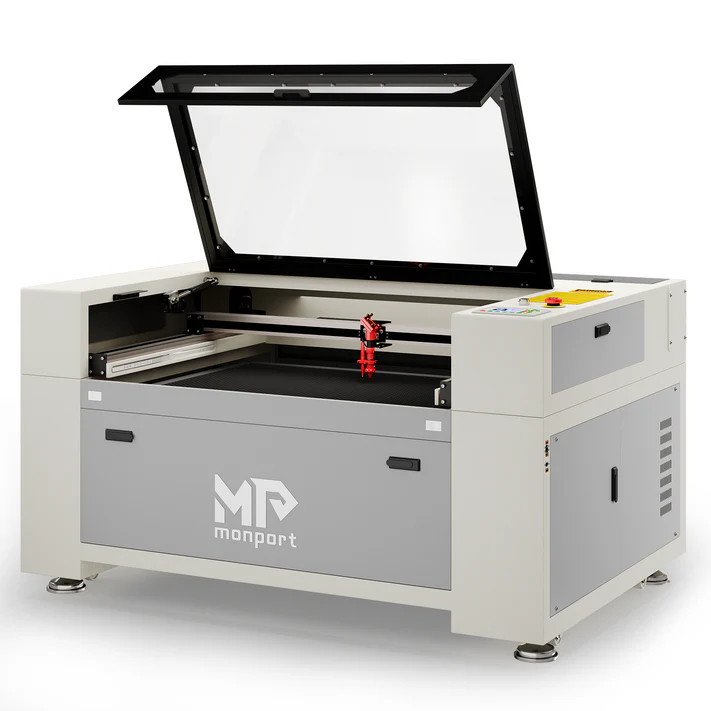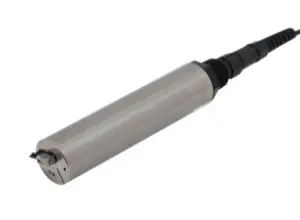The Comprehensive Guide to Laser Cutter Machines: Everything You Need to Know

Table of Contents
Introduction to Laser Cutter Machines
Laser cutting machine have revolutionized industries ranging from manufacturing to creative arts, offering precision, efficiency, and versatility. Whether you’re a hobbyist looking to create intricate designs or a professional aiming to enhance your production process, understanding the intricacies of laser cutter machines is crucial. In this comprehensive guide, we’ll delve into the technology behind laser cutters, explore their applications, and offer insights into choosing the right machine for your needs.
What is a Laser Cutter Machine?
A laser cutter machine is a device that uses a focused beam of light, typically a CO2 laser, to cut, engrave, or etch various materials. The laser beam is directed by mirrors and lenses onto the material’s surface, where it vaporizes or melts the material to achieve the desired cut or engraving. The precision of laser cutting makes it ideal for creating complex shapes, detailed engravings, and clean cuts in materials such as wood, metal, acrylic, and fabric.
How Do Laser Cutter Machines Work?
The Science Behind Laser Cutting
Laser cutting relies on the principles of laser technology and optics. The laser source generates a beam of high-intensity light, which is then amplified and focused onto a small spot on the material. The concentrated energy causes rapid heating, melting, or vaporization of the material. A computer-controlled system guides the laser beam to follow a pre-defined path, ensuring accurate cuts and engravings.
Types of Laser Sources
- CO2 Lasers: The most common type, CO2 lasers, are efficient for cutting non-metallic materials like wood, acrylic, and fabric. They operate by exciting a gas mixture (primarily CO2) with electricity to produce the laser beam.
- Fiber Lasers: Fiber lasers are ideal for cutting metal. They use a solid-state laser source, where the laser light is amplified in a glass fiber. Fiber lasers are known for their high cutting speed and efficiency, especially with thin metals.
- Nd
Lasers: These are solid-state lasers used for applications requiring high power and precision, such as cutting thick metals or engraving hard materials like ceramics.
Key Components of a Laser Cutter Machine
- Laser Source: Generates the laser beam used for cutting or engraving.
- Optics (Lenses and Mirrors): Direct and focus the laser beam onto the material.
- CNC Controller: A computer system that controls the movement of the laser beam and the worktable.
- Worktable: The surface on which the material is placed for cutting or engraving.
- Exhaust System: Removes fumes and debris generated during the cutting process.
Applications of Laser Cutter Machines
Industrial Manufacturing
Laser cutters are extensively used in industrial manufacturing for precision cutting of components. They are capable of cutting metals, plastics, and composites with minimal waste and high repeatability. Industries such as automotive, aerospace, and electronics rely on laser cutters for tasks like cutting metal sheets, creating intricate parts, and engraving serial numbers.
Creative Arts and Crafts
In the creative arts, laser cutters enable artists and designers to bring their visions to life with unparalleled detail. Whether it’s cutting intricate patterns on wood, engraving designs on glass, or creating custom jewelry, laser cutters offer endless possibilities. The precision and flexibility of laser cutters make them indispensable tools for artists, jewelers, and hobbyists.
Prototyping and Product Development
Laser cutters are invaluable in the prototyping phase of product development. Designers can quickly create and test physical models of their ideas, allowing for rapid iteration and refinement. The ability to work with a variety of materials also makes laser cutters ideal for developing prototypes across different industries, from consumer electronics to fashion.
Education and Research
In educational settings, laser cutters serve as powerful tools for teaching engineering, design, and manufacturing principles. They provide students with hands-on experience in creating physical objects from digital designs. Additionally, research institutions use laser cutters for various experimental applications, including material testing and microfabrication.
Choosing the Right Laser Cutter Machine
Factors to Consider
When selecting a laser cutter machine, several factors must be taken into account to ensure it meets your specific needs:
- Material Compatibility: Determine the types of materials you will be working with, as different laser cutters are suited for different materials. For example, CO2 lasers are best for non-metals, while fiber lasers are designed for cutting metals.
- Power Output: The laser’s power is measured in watts, and it directly affects the machine’s cutting speed and material thickness capability. Higher wattage lasers can cut thicker materials faster but may also be more expensive.
- Work Area Size: The size of the worktable determines the maximum size of the material you can work with. Ensure the machine’s work area is large enough to accommodate your projects.
- Precision and Accuracy: Look for machines with high precision and repeatability, especially if you’re working on intricate designs or parts that require tight tolerances.
- Ease of Use: Consider the user interface and software compatibility. A machine with intuitive controls and compatible design software can significantly enhance your workflow.
- Maintenance and Support: Regular maintenance is essential for keeping your laser cutter in optimal condition. Choose a machine from a reputable manufacturer that offers reliable customer support and easy access to replacement parts.
Popular Laser Cutter Brands
- Trotec: Known for high-quality, industrial-grade laser cutters that offer precision and reliability.
- Epilog: Offers a range of laser cutters suitable for both industrial and creative applications, known for their robust design and ease of use.
- Glowforge: A popular choice among hobbyists and small businesses, Glowforge machines are user-friendly and versatile.
- OMTech: Provides affordable laser cutters with a wide range of features, ideal for small businesses and educational purposes.
Safety Considerations When Using Laser Cutter Machines
Personal Protective Equipment (PPE)
When operating a laser cutter, it is essential to wear appropriate personal protective equipment (PPE), such as safety goggles designed to protect your eyes from laser radiation. Additionally, wearing protective clothing can shield you from accidental exposure to laser beams or debris.
Ventilation and Exhaust Systems
Laser cutting generates fumes and particulates that can be harmful if inhaled. Ensure your workspace is equipped with an effective ventilation system and an exhaust system that filters and removes hazardous substances from the air.
Regular Maintenance and Inspection
To maintain the safety and efficiency of your laser cutter, conduct regular maintenance and inspections. Clean the optics, check the alignment of the laser beam, and replace worn-out parts as needed. Regular maintenance not only extends the lifespan of your machine but also ensures consistent cutting performance.
Conclusion
Laser cutter machines have become indispensable tools across various industries due to their precision, versatility, and efficiency. Whether you’re in manufacturing, creative arts, or education, a laser cutter can significantly enhance your capabilities and productivity. By understanding the technology, applications, and key considerations when choosing a machine, you can make informed decisions that align with your specific needs.




